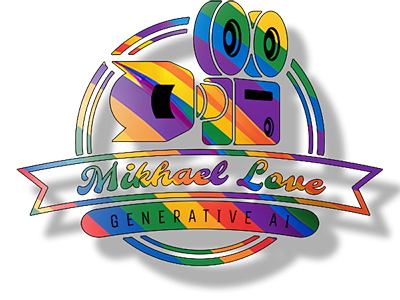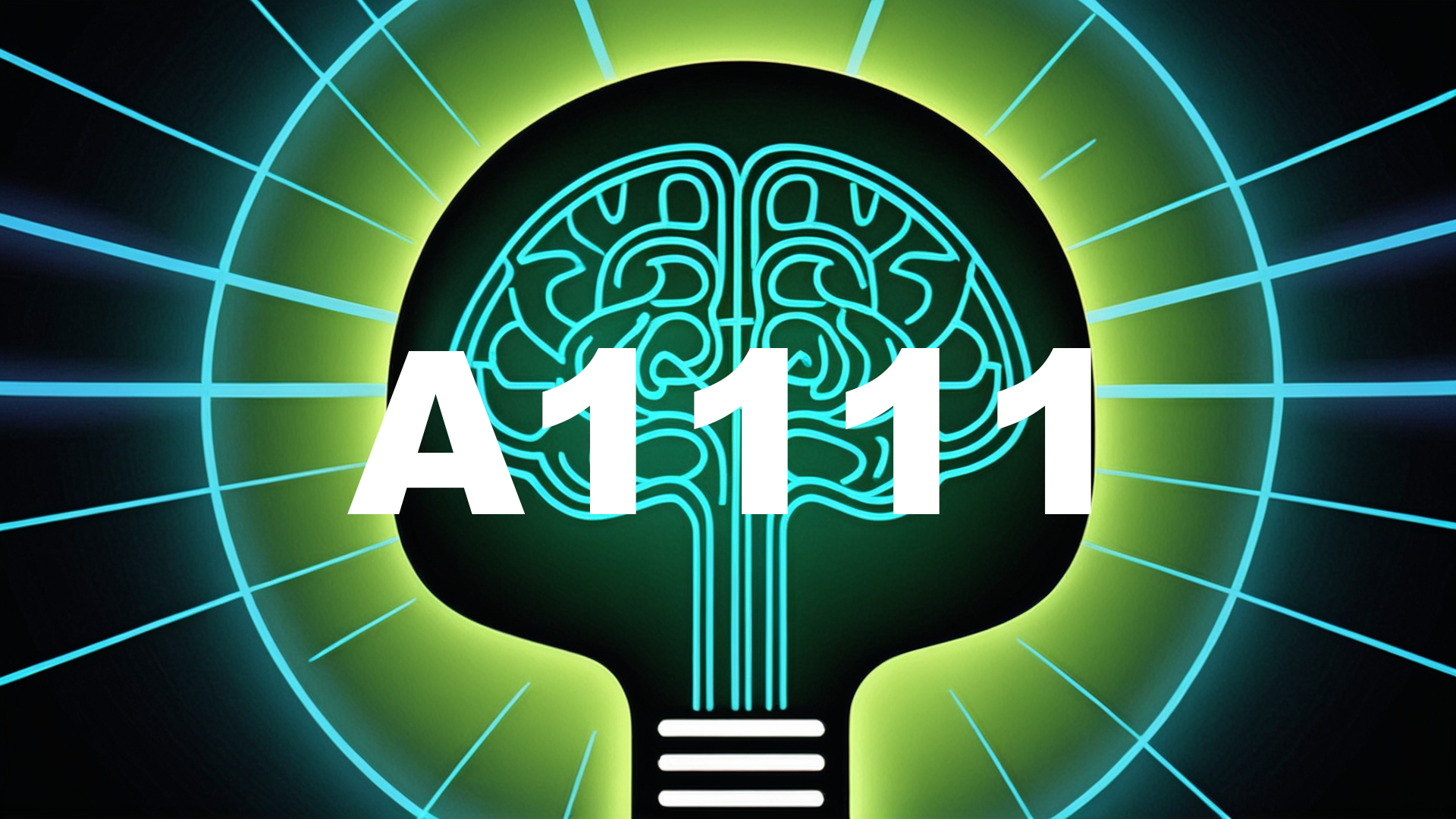Generative AI has revolutionized the way we create content, particularly in the realm of image generation. If you’re fascinated by the possibilities of AI art but feel intimidated by the technical aspects, you’re not alone! This comprehensive guide is specifically designed for beginners who want to explore the exciting world of AI image generation using Automatic 1111. This powerful and user-friendly tool makes the process accessible to everyone, regardless of their technical background. We’ll walk you through each step, from setup to creating your first stunning AI-generated artwork, ensuring you feel confident and capable throughout the journey.
What You’ll Need:
Before diving into the creative process, let’s ensure you have all the necessary components for a smooth experience:
System Requirements:
-
Hardware:
-
CPU or GPU (An NVIDIA graphics card with at least 4GB VRAM is strongly recommended for optimal performance and faster image generation. While CPU-only setups work, they may be significantly slower).
-
RAM: Minimum 8GB recommended, though 16GB or more will provide a more comfortable experience, especially when generating larger images or running multiple generations.
-
Storage: At least 10GB of free space for model downloads and outputs. Consider allocating more space if you plan to work with multiple models or save many generations.
-
Software Requirements:
-
Python 3.x installed on your system (Windows, macOS, or Linux). Don’t worry if you’re new to Python – we’ll guide you through the installation process.
-
AutoCAD (optional but useful for further refining images and making post-generation adjustments to meet your specific needs).
Tools Needed:
-
A stable internet connection for downloading models, updates, and accessing online resources.
-
Basic familiarity with command-line operations (while not mandatory, understanding simple commands can be helpful. We’ll provide clear instructions for essential operations).
Where to Get Started:
-
Download Automatic 1111
-
Visit the official website or trusted third-party sources to download the latest version of Automatic 1111. Be sure to verify the source to ensure security.
-
Choose the version compatible with your operating system.
-
-
Install Dependencies
-
Install necessary libraries like
numpy,torch, and other required packages. Don’t worry – the installation guide will provide specific instructions for your system. -
Most dependencies will be automatically installed during the setup process.
-
-
Set Up Your Environment
-
Create a dedicated folder for your project to keep everything organized, including models, prompts, and outputs.
-
Consider creating separate subfolders for different types of generations or projects.
-
Getting Started with Image Generation: A Step-by-Step Tutorial
Step 1: Install Automatic 1111
-
Download the software package from a verified source.
-
Run the installation wizard and follow the on-screen instructions.
-
Allow the necessary permissions when prompted by your system.
Step 2: Configure Settings
-
Launch the application and navigate to the settings panel.
-
Adjust key parameters such as default image resolution, sampling steps, and output folder location.
-
Take time to familiarize yourself with the interface and available options.
Step 3: Choose Your Model
-
Browse through the available pre-trained models (Stable Diffusion models are excellent for beginners).
-
Consider your artistic goals – different models excel at various styles, from photorealistic images to artistic interpretations.
-
Start with a general-purpose model before exploring specialized ones.
Step 4: Input Your Prompt
-
Craft a detailed prompt describing your desired image. Be specific and descriptive.
-
Include important details like style, mood, lighting, and composition (e.g., “a serene futuristic cityscape at sunset with floating buildings and warm orange lighting”).
-
Experiment with different prompt structures to understand what works best.
Step 5: Generate Your Image
-
Click the “Generate” button to start the creation process.
-
Monitor the progress and be patient – quality results take time.
-
Save promising results and note the settings used for future reference.
Tips for Better Results:
-
Prompt Engineering: Use specific, descriptive language. Instead of “a beautiful landscape,” try “a misty mountain valley at dawn with pine trees and a flowing river.”
-
Negative Prompts: Specify elements you want to avoid in your generation. This helps prevent common issues and unwanted features.
-
Adjust Sampling Steps: Start with moderate steps (20-30) and increase gradually. Higher steps often result in better detail but require more processing time.
Troubleshooting Common Issues
-
The application crashes during generation.
-
Ensure your system meets the minimum requirements, particularly checking your GPU’s VRAM capacity and available RAM. If you’re running other resource-intensive applications, consider closing them to free up system resources.
-
Check for the latest updates to Automatic 1111, as newer versions often include bug fixes and stability improvements. If you’re experiencing performance issues, try lowering the resolution or batch size to reduce memory usage. Start with 512×512 resolution and gradually increase based on your system’s capabilities.
-
-
Generated images lack detail.
-
Increase the number of sampling steps – start with 30 steps and experiment up to 50 for more detailed results. Remember that higher steps require more processing time but often yield better quality.
-
Switch to a higher-resolution model that specializes in the type of image you’re trying to create. Some models are specifically trained for detailed faces, while others excel at landscapes or artistic styles.
-
Consider adjusting the CFG (Classifier Free Guidance) scale to enhance detail retention. A value between 7-11 usually works well for most generations.
-
-
Prompts aren’t yielding expected results.
-
Simplify your prompt by breaking it down into clear, descriptive phrases. Instead of complex sentences, use specific keywords that describe the elements you want.
-
Experiment with different phrasing and word order. Sometimes, placing important descriptors at the beginning of the prompt can improve results.
-
Try using artistic style references or specific descriptive terms that the model understands well.
-
Conclusion:
Automatic 1111 is an incredible tool for anyone looking to explore generative AI without needing extensive technical expertise. By following this guide, you’ll be able to generate high-quality images from the comfort of your home.
Remember, practice and experimentation are key to mastering image generation with Automatic 1111. Don’t hesitate to explore different models, prompts, and settings to unlock the full potential of generative AI! Start with simple projects and gradually work your way up to more complex generations as you become more comfortable with the tool.

